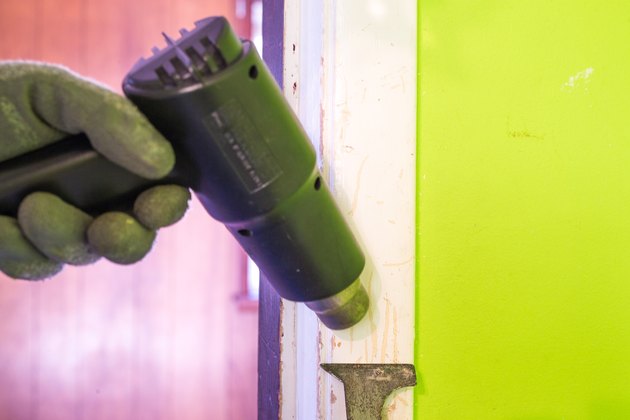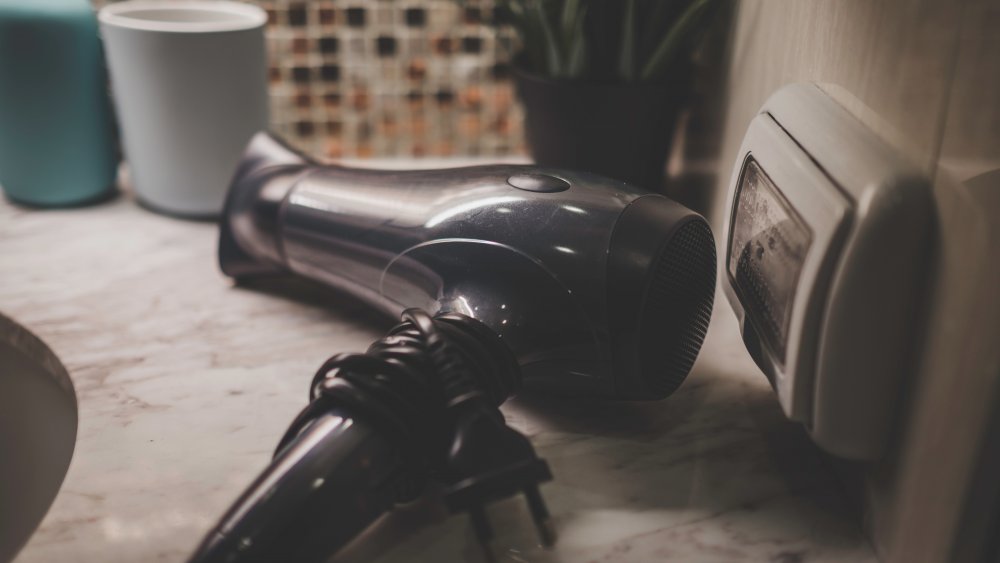

A nightmare for the NRA: Truly gun-free zones. And if there are no bad guys with guns, "good" guys (none of which has ever stopped any of these mass shootings, but let's ignore that a sec) don't need a gun any more, either. Sweet! So before you know it there will be zones that can safely be labeled "legal gun owners in here only", but: What if now the good guys are asked, too, to hand over their guns? After all, some public shootings were done with legal, registered guns carried by their rightful owners.


The bad guys will start carrying radar detectors, making themselves even more visible by suddenly making u-turns at spots where they detect radar. Good guys get to keep theirs: they are legal after all. So now every bad guy can be pulled out and have his gun taken away. Picture this: Have these detectors at hidden locations, mobile units in trucks, under roadways or hidden behind a garden wall.
PROFESSOR FIZZWIZZLE HEAT GUN FREE
If this works, it would take away the last "reason" gun proponents keep harping at people: "Anyone could be a bad guy carrying a gun, thus I must be free to have one. However, though the 3D printing of firearms is becoming more of a hot topic, it's currently only possible to print certain parts of the weapon, so there’ll still be some metal in there for detection.Ĭheck out the video below for more on Kamal Sarabandi's new detection technique. One point worth noting is that while the technology appears to provide a fairly accurate means of locating hidden metal objects, it might be less effective at spotting some of the 3D printed weapons that are becoming more and more of a security issue as the technology continues to develop. The technology has significant potential to provide extra security in a wide range of applications, and while not entirely infallible, is significantly faster and less intrusive than the use of metal detectors. This would then allow security personnel to closely observe the individual in question or even take suspects aside for more comprehensive scans. The techniques could be used to scan large groups of people, with each subject taking less than a second to process. The mannequin was placed on a turntable in an anechoic chamber, a room designed to absorb all echoes and reflections. Though the technology has not yet undergone any human testing, Sarabandi's team has carried out a simulation using a mannequin painted with a coat that reflects radar-like human skin. Professor Sarabandi shows to the difference observed in the signal when a concealed weapon is present An irregular metal object can change the polarization of the signal, allowing for the detection of concealed items. The polarimetric radar used by the team works by sending out a signal at a particular polarization, and carefully analyzing the polarization of the signal that bounces back. Anderson loaded each of the cannon-like cylinders with six pounds of raw rice, sealed them shut, and began turning the contraption over heat.

Eight twenty-inch-long bronze tubes were substituted for the small glass containers, and a new firing mechanism replaced the hammer. The technology focuses on the pedestrian's chest as it's both a common place that people hide weapons and acts as a fairly smooth backdrop, making it easier to pick out anomalies. Anderson brought a new, larger version of his original puffing gun. Sarabandi used motion capture techniques to identify the reflected signals from the limbs and torso of a human walking, creating what he calls “the DNA of walking.”Ī computer is programmed to recognize the pattern, searching for a particular glare on the subjects chest, such that a hidden metal object might create. The radar itself isn't particularly unique, but Sarabandi's pairing of the tech with Doppler radar signal processing allows it to pick out an individual in a crowd using a technique called polarimetry.ĭoppler radar has a range of applications from speed traps to predicting the weather, using the Doppler effect to measure the speed of a given object. The technology that he developed is currently being used in a number of applications, including collision avoidance systems in cars and in military targeting systems. Professor Kamal Sarabandi was watching the aftermath of the Newtown shooting in Connecticut when he was hit by the notion that his work for the military may have a use a little closer to home. Originally intended for military use, it is possible that the millimeter-wave radar system could be used to detect weapons across distances as large as a football field. An electrical engineering professor at the University of Michigan believes that a type of radar, part developed by the Department of Defense, has the potential to be used as a means of detecting concealed weapons.


 0 kommentar(er)
0 kommentar(er)
